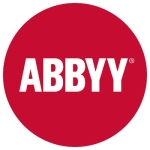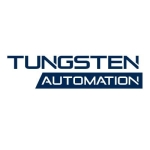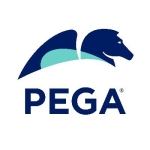The primary use case of this solution is for process automation.
With regards to the process on the server-side, you are giving the client the opportunity to run from a very small deployment and to take it from one office location to another, and globally.
The most valuable features of this solution are the cost and ease of use, it's very simple.
They have many, easy-to-use features.
When this solution is sold to the clients there is no automated process in place as many other RPA products have. I have to fully understand the product so that I can go over the processes with the client and all staff they may have.
It would be good to record all of the processes and automate them.
The Kryon product has that option, where when you are doing something automatically it can record it on an AI interface. If they could have that feature included, it would benefit the client.
They need to come up with a little more on AI and precision discovery path to be able to record the processes.
I have been working with this solution for nine months.
This solution is scalable. It allows you to expand not only from one geography, but across as well.
I have not contacted technical support. I am not a part of the technical support, but an advisor. I have been asked to go in for implementation analyzing.
The deployment depends on the requirements of the client. For most of our clients, I recommend it in two processes.
A smaller process with approximately 50 users using it would take one and a half months to develop, depending on availability and time.
There is flexibility in pricing.
I studied five to eight different tools and narrowed it down to the two or three tools that I felt would suit our client's needs.
Some of the other products that were included in my narrowed down studies were Kofax, Automation Anywhere, and UiPath.
There is a very different approach when it comes to Kofax, and I wouldn't recommend UiPath because there is a lot of coding in terms of implementation. UiPath was one of the first ones to have the market and has now lost market share because there are too many available that are smaller, such as Kryon and Kofax.
One other solution that I am studying is NICE. I am trying to get a better understanding of it as an option for my clients.
I am a consultant who advises his clients about the solutions that are best for them. I make recommendations based on their requirements.
Clients have two options, one is the desktop solution and the other is an enterprise version.
For smaller clients what I recommend is to start with the desktop version. I ask them to try it out and if they think that it works in their organization and it's helping, they will get better ROI after proving it to them in the trial POC that I conduct. I have them try it out for six months to a year and then suggest they move to the enterprise version.
My philosophy is value addition. I have seen that with most of the products that we have purchased, we may use only 40% to 50% of the features. I want to change that and cause a disruption in the consulting industry. What I want to do is recommend products to my clients where I see value addition and minimum utilization of features and functionality of the product to 80%.
It's a very different approach and very difficult for clients to understand at first. I am using the years of experience that I have and doing what is in the best interest of the client.
My advice would be not to go directly to process robot. Instead, try the desktop version with smaller processes, small implementation, and get comfortable with it first.
Start off small then go big. Going big is a huge investment if you are not sure.
Do it one step at a time. Get a few processes, try it out, develop the methodology of implementation, and make it a small mini project or a work in progress then decide. If you are in a hurry and you take a big bang approach without doing it systematically, however good the product is, it could be disastrous.
At the end of the day, this is going to cost you, not only in terms of dollars but in terms of time invested. You will be running with your production environment and existing systems, and there is going to be a lot of effort required to do this, so you have to be convinced that this works for you. Do a POC from three different vendors.
In terms of cost, ease of use, and comfort, I would rate this solution an eight out of ten.

















